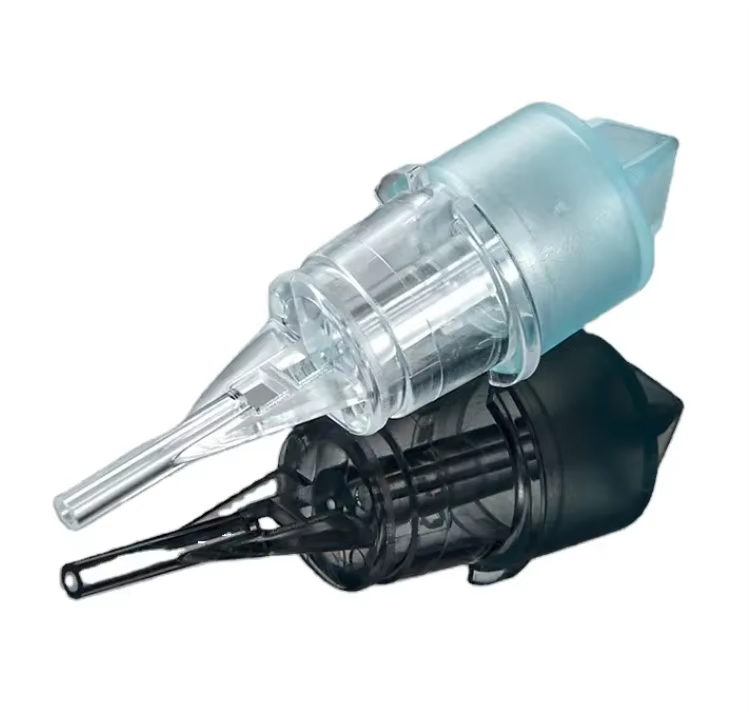The Rise of Pocket-Sized Capillary Blood Collectors in Modern Healthcare
Medical testing is getting easier and kinder for everyone, and at the center of this change is a small, pocket-sized device that collects capillary blood. Thin, light, and designed for simplicity, this tool is quietly transforming how laboratories gather blood samples, making the process more accessible, less intimidating, and far more patient-friendly. In the sections ahead, we’ll explore why testing centers are embracing it, how its innovative design works, the wide-ranging benefits it offers to both providers and patients, and why its future in healthcare looks exceptionally bright.
How Capillary Blood Collectors Work: Gentle and Effective
The collector operates by gently accessing the small blood vessels just beneath the skin’s surface, a method that stands in stark contrast to traditional venipuncture. This approach is particularly well-suited for vulnerable groups: newborns, whose tiny veins are easily damaged; frail seniors with thin, scarred, or hard-to-reach veins; and anyone who has experienced anxiety or discomfort from conventional needle pricks. Instead of a long, intimidating needle, the collector uses a tiny, sharp lancet to create a shallow puncture—so slight that it often feels like no more than a light touch. This design minimizes pain, reduces the risk of bruising, lowers the chance of infection (thanks to a smaller wound), and fosters a more respectful, less stressful experience for patients and their caregivers alike, whether in a hospital room, a pediatric clinic, or a home setting.
Transforming Care Teams and Patient Experiences
Capillary blood collectors are revolutionizing not just patient comfort but also the way care teams operate. After just a few hours of hands-on training, nurses, doctors, and even community health workers can gather samples at the bedside, in a patient’s home, or even in remote locations like rural farms. These compact devices require no bulky lab equipment or specialized certifications, making them easy to integrate into busy emergency rooms, speeding up ambulance response times, and fitting seamlessly into mobile clinics or agricultural settings miles from the nearest hospital. Their efficiency is further enhanced by their need for only a tiny drop of blood—just enough for rapid tests ranging from a quick blood sugar check to a comprehensive newborn screening panel, allowing for immediate results in critical situations.
A Kinder Approach: Building Trust and Lifelong Health Habits
The first interaction families have with capillary blood testing often brings visible relief. A light tap on a fingertip or a soft heel prick for a newborn is a far cry from the fear associated with a large needle in the arm. Children are less likely to cry, parents can relax, and the entire atmosphere remains calm, turning a potentially stressful event into a manageable one. This gentleness encourages families to return for follow-up visits without resistance, fostering a positive relationship with healthcare from an early age. At home, the small collector included in test kits empowers families to monitor their health between clinic visits—whether tracking blood glucose levels or checking for nutrient deficiencies—putting them in control of their well-being and shifting the focus from treating illness to preventing it altogether.
Driving Innovation in a Fast-Changing Healthcare Landscape
Healthcare is evolving rapidly, and capillary blood collectors are at the forefront of this transformation. New collection stations equipped with smart sensors can analyze tiny blood drops in minutes, delivering quick, accurate results that reduce errors and streamline workflows. This speed is particularly valuable for telemedicine and home testing, where patients increasingly demand tools that fit seamlessly into their daily lives. For example, a diabetic patient can test their blood sugar at home, share the result with their doctor via a mobile app, and adjust their medication without a clinic visit—all made possible by the simplicity and reliability of capillary collection.
Essential Tools for Modern Labs and Clinics
Lightweight capillary blood collectors have become indispensable in today’s labs and clinics. They are nearly weightless, fit comfortably in the hand, and often include smart features like built-in storage for test strips or digital readouts. Their ease of use ensures that labs keep them in stock, recognizing them as essential supplies for efficient operations. As technology advances—with new models offering longer shelf lives, better compatibility with diverse test types, and enhanced safety features—clinics must stay updated to maintain the highest standards of patient care, ensuring that every interaction with the healthcare system is as positive and effective as possible.
Focused on Patient Care: The Future of Capillary Collection
In an era where patient-centered care is paramount, capillary blood collectors are leading the way. With telehealth and home visits becoming more common, new designs prioritize comfort, speed, and integration with digital health tools. These sleek, compact devices streamline the entire testing process, from collection to result, eliminating extra steps and reducing wait times. Whether used in a bustling city hospital, a remote village clinic, or a patient’s living room, they bring lab-quality care directly to those who need it, ensuring that healthcare is not just effective but also accessible, compassionate, and aligned with the needs of modern patients. As their role continues to expand, capillary blood collectors will undoubtedly remain a cornerstone of kinder, more efficient medical testing for years to come.

